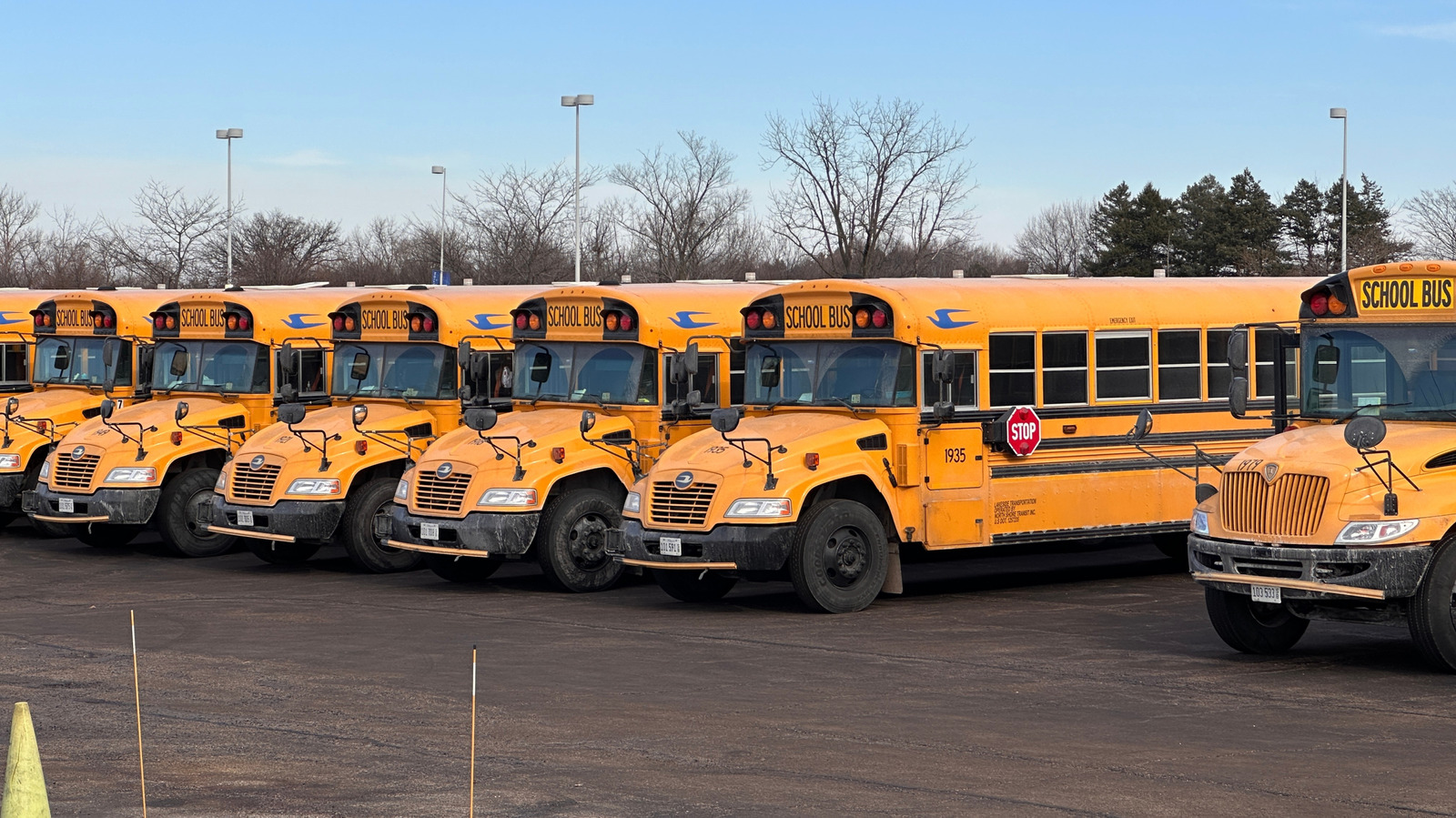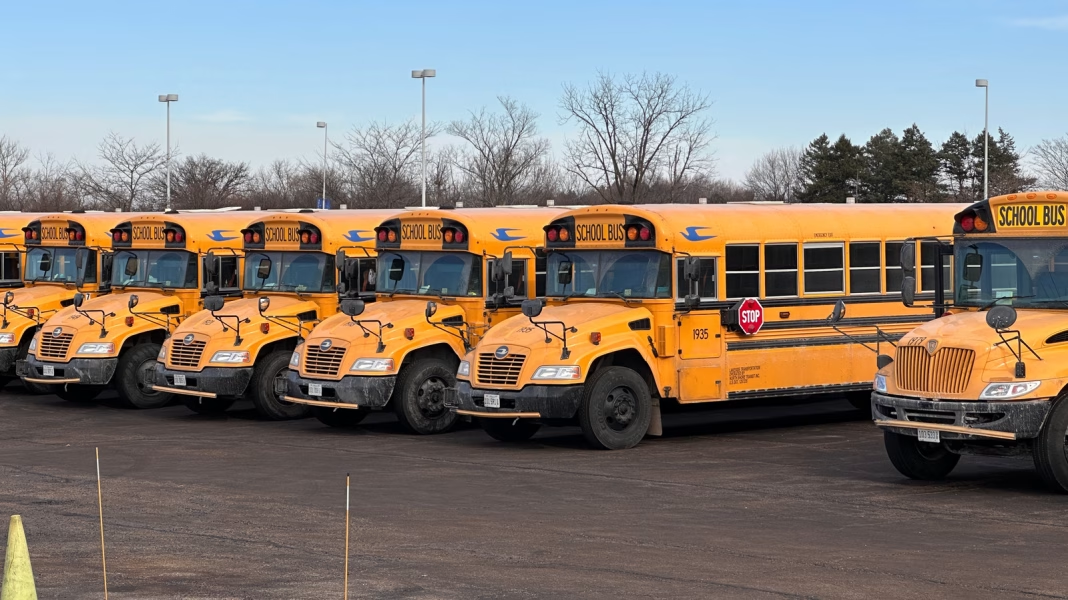Why Are Thieves Targeting School Bus Catalytic Converters?
It’s a question that’s left a lot of parents, school administrators, and even seasoned mechanics shaking their heads. Why would someone go after the catalytic converters on school buses? The answer, unfortunately, comes down to quick cash. Catalytic converters contain precious metals like platinum, palladium, and rhodium—materials that have skyrocketed in value over the past few years. According to the National Insurance Crime Bureau, thefts of these parts have increased by over 1,200% since 2019. For thieves, a school bus parked overnight is an easy target: big, accessible, and often left in poorly lit lots.
What Happens When a School District Loses Its Buses?
The impact goes way beyond a few missed rides. When more than 20 school buses in a district are hit in one night, the fallout is immediate and severe. Classes get canceled. Parents scramble for last-minute transportation. Teachers and staff are left in limbo. In some cases, entire districts have had to shut down for days, disrupting not just education but also meal programs and special services that many families rely on. It’s not just an inconvenience—it’s a community crisis.
How Do These Thefts Affect Students and Families?
The ripple effects are real. For families without backup transportation, a stolen catalytic converter can mean a child missing breakfast and lunch at school, or a parent missing work. Special needs students, who often depend on specialized buses, are especially vulnerable. And let’s not forget the emotional toll: kids left wondering why their routine is suddenly upended, parents feeling helpless, and teachers trying to keep everyone on track.
What Makes School Buses Such Easy Targets?
It’s not just the value of the metals. School buses are often parked in lots with minimal security—no cameras, no fences, sometimes not even decent lighting. Thieves can slide underneath a bus, saw off the converter in minutes, and be gone before anyone notices. Unlike personal vehicles, school buses tend to sit unused overnight or over weekends, making them a prime target for organized theft rings.
Are There Ways to Prevent These Thefts?
Absolutely, though it’s not always simple. Some districts have started installing security cameras and motion-sensor lighting in bus lots. Others are welding the converters to the frame or marking them with unique IDs to make resale harder. A few have even partnered with local police for regular patrols. While none of these steps are foolproof, they can make a would-be thief think twice. The key is layering security—no single solution works on its own.
What Are the Costs to Schools and Taxpayers?
Replacing a catalytic converter isn’t cheap. Depending on the bus model, it can cost anywhere from $1,000 to $3,000 per vehicle, not including labor or the cost of towing. Multiply that by 20 or more buses, and you’re looking at a hefty bill—often tens of thousands of dollars. Insurance may cover some of the loss, but premiums go up, and the district’s budget takes a hit. Ultimately, it’s taxpayers who foot the bill, either directly or through reduced services elsewhere.
Is There a Bigger Picture Here?
Definitely. The surge in catalytic converter thefts isn’t just a school bus problem—it’s a symptom of broader issues. Rising metal prices, economic hardship, and gaps in law enforcement resources have all played a role. Some states are now pushing for stricter regulations on scrap metal sales, requiring proof of ownership before a converter can be sold. Others are considering harsher penalties for thieves caught targeting public vehicles. It’s a start, but there’s still a long road ahead.
What Can Communities Do to Help?
This is where neighbors, parents, and local businesses can make a difference. Reporting suspicious activity near bus lots, volunteering for neighborhood watch programs, or even donating to help cover security upgrades can all help. Some districts have found success by simply raising awareness—when the community knows what to look for, thieves have a much harder time operating in the shadows.
The big takeaway? Protecting school buses from catalytic converter theft isn’t about perfection—it’s about smarter adjustments. Start with one change this week, and you’ll likely spot the difference by month’s end.


